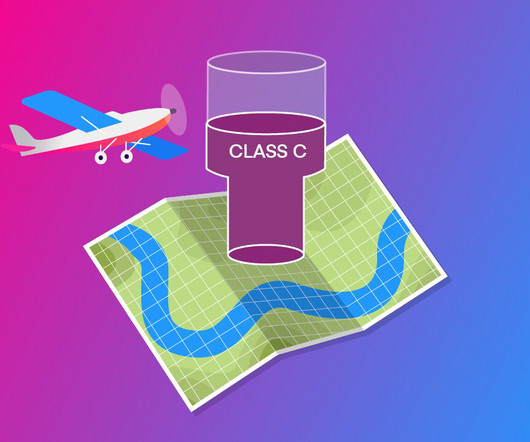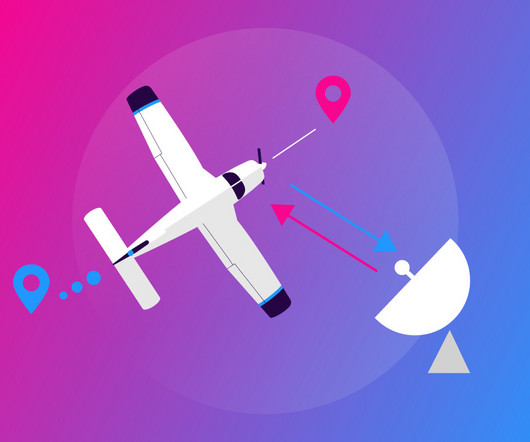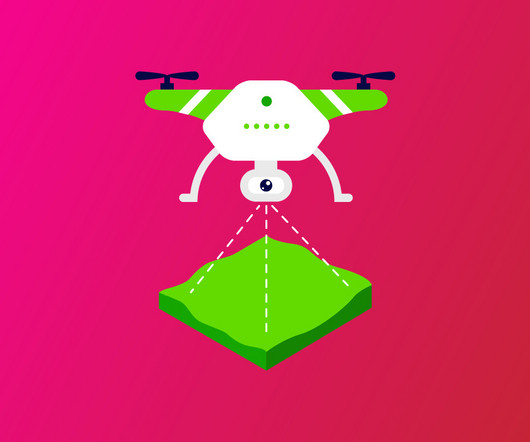Class C Airspace Explained
Pilot Institute
SEPTEMBER 26, 2024
Before entering Class C airspace, pilots must receive clearance from Air Traffic Control (ATC). ATC offers IFR and VFR aircraft separation services in Class C. Maintaining awareness of airspace boundaries helps with the planning and carrying out of successful flights.













Let's personalize your content